By Brian Hoke
Like many aspects of our health, we often take for granted that our feet will provide us with the support we need to get from place to place during our day. Just as we expect our motor vehicle to start up and take us to our destination, we hope to walk and stand throughout the day without thinking about our feet. When our feet begin to ache under the stress of a busy day, we are suddenly reminded that the foot is a complex structure that needs some preventive maintenance to function correctly. This is synonymous with getting an oil change for our car or ensuring we have properly charged our electric vehicle.
The complexity of the foot cannot be overstated. From our hip to our ankle, only four bones make up five joints. By contrast, from our ankles to the ends of our toes, there are twenty-eight bones that make up thirty-three joints. These joints are supported by over one hundred ligaments that create stability by joining the bones together. The foot also gets dynamic support from muscles in our calf and lower legs and multiple layers of muscles on the bottom of the foot itself. Working together, the muscles, ligaments, and bone structure allow the foot to adapt to varying surfaces and absorb the shock of walking and running.
Foot fitness begins with our waking moments. The foot and ankle naturally drift into a downward position when we sleep, resulting in a shortened position for the calf muscles. Standing and walking demand flexibility from the calf muscle, so to prepare for our first steps, we should gently turn the ankles inward, so the soles of our feet are facing each other and then actively pull the ankle in an upward direction to stretch the calf.
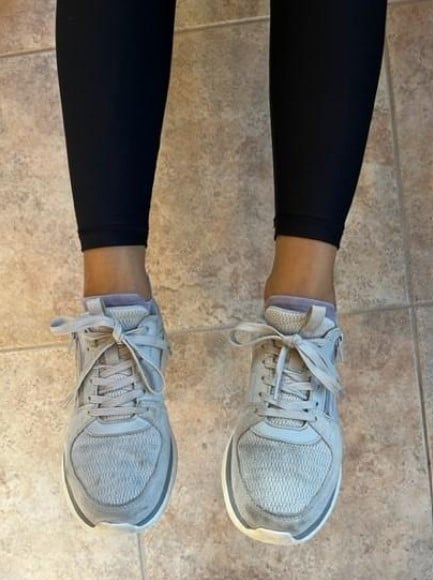
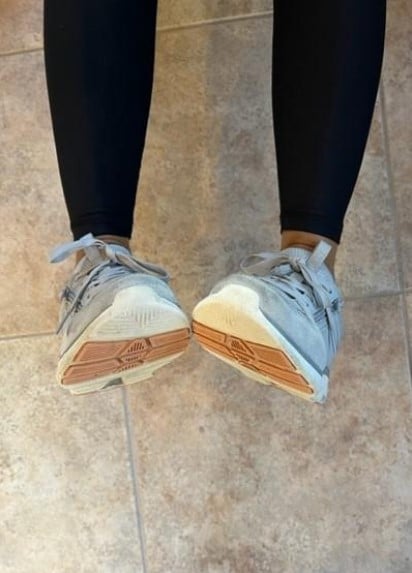
We suggest a 15-second stretch repeated four or five times. Doing this prepares the calf muscle and reduces stress on the arch area. This is a particularly useful tool for anyone who has experienced the “first step” morning pain of plantar fasciitis.
The muscles on the bottom of the foot are critical in helping to support the stress of our body weight. Like other muscles in our body, they can develop tension and focal areas of muscle spasms. These foot muscles will benefit from a good massage from an experienced massage therapist to work out the knots, just as the muscles of your neck and shoulders benefit from a massage after a long day of meetings or desk work. You can also use simple foot massage rollers to apply low-load pressure across the bottom of the foot.
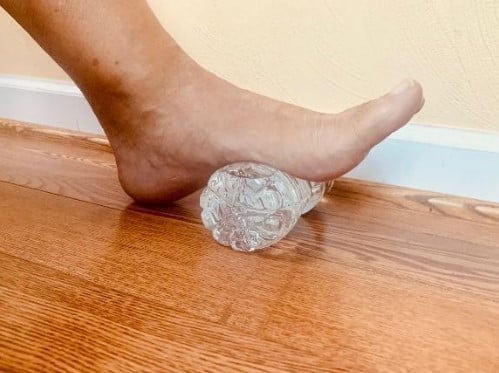
If you don’t have a massage roller, you can substitute a plastic water bottle, and you can either freeze it or fill it with hot water for an added thermal benefit. Massage the foot over the roller or water bottle for at least 5 minutes.

We can also help our feet stay toned by activating all those muscles in the arch area of the bottom of the foot. Begin by standing with your feet relaxed. Now tense the muscles in the arch, which will raise the arch of your foot as the muscles contract.
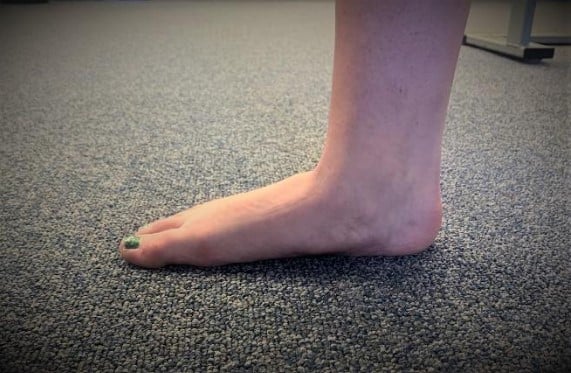
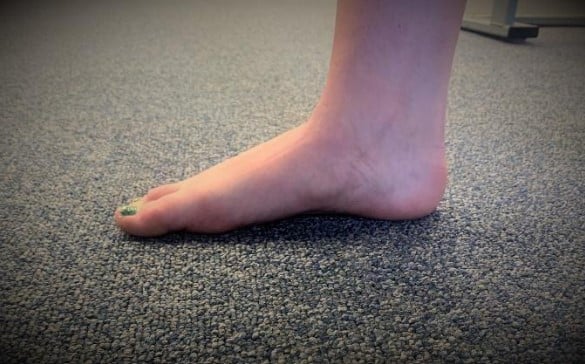
To bring in even more muscles, slowly rise onto the ball of the foot, hold briefly, then return to the relaxed starting position. Repeat this 15 times.
A little bit of preventive maintenance can keep all the moving parts in our feet in optimal working condition. Try a few of these tips for the next several weeks, and you may find that you can be on your feet much longer with less fatigue.
About the Author:
Specializing in orthopedic and sports physical therapy, Brian Hoke, DPT, SCS, has a particular interest in the biomechanical factors influencing lower limb rehabilitation. He is the owner of Atlantic Physical Therapy, a private practice in Virginia Beach, VA.
Brian is a board-certified Clinical Specialist in Sports Physical Therapy, a distinction achieved by fewer than 600 physical therapists in the U.S. He works with athletes of all levels—from recreational runners to elite professional and Olympic athletes. He has contributed chapters to two textbooks on the treatment of running injuries.
Brian is an avid educator, lecturing extensively in the U.S. and internationally. Since 1985, he has been a faculty member of the popular continuing medical education seminar, “When the Feet Hit the Ground, Everything Changes.” He co-developed and has taught the “Take the Next Step” course since 1990. In addition, he has been an adjunct faculty member of physical therapy programs at Old Dominion University and Touro College on Long Island, NY.
Brian’s expertise in sports physical therapy is a particular asset to Vionic’s athletic line of footwear. He and Phillip Vasyli have also collaborated to create a foot orthotic designed for problems with supination—when feet roll outward too much.

Leave a Reply